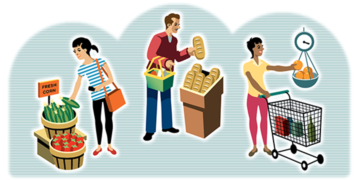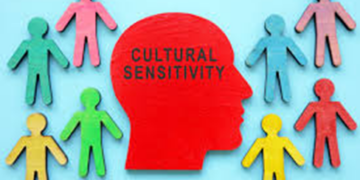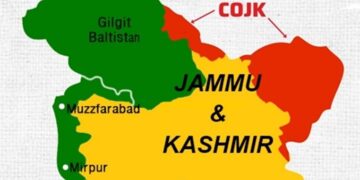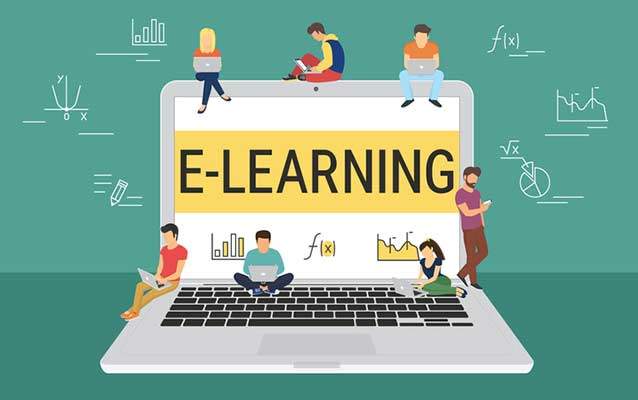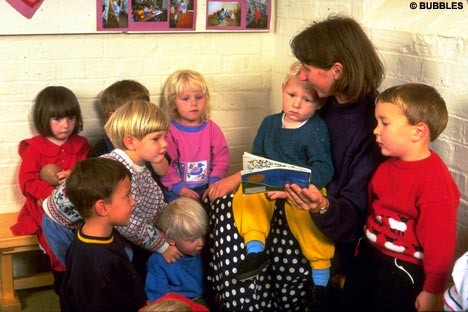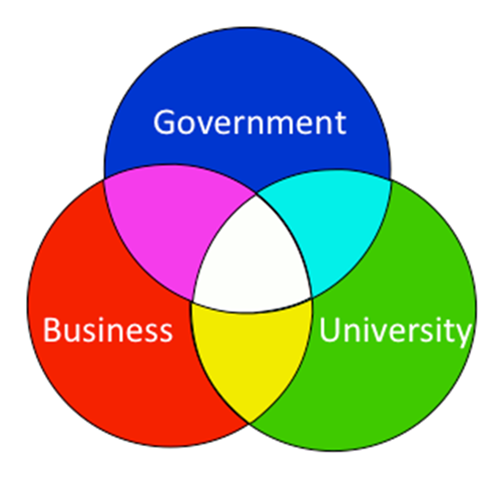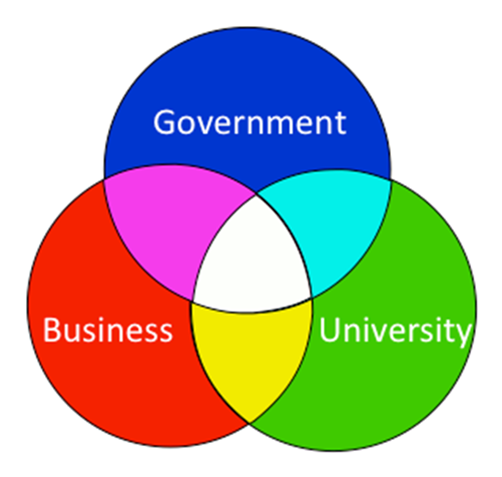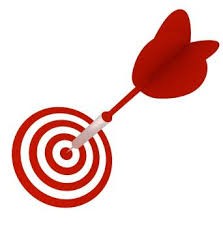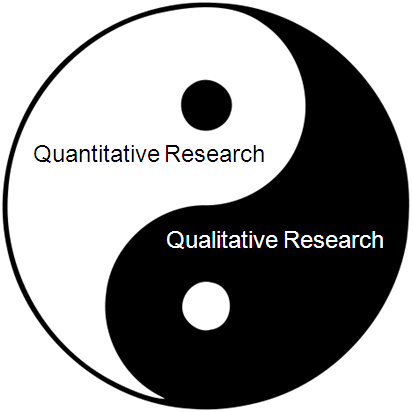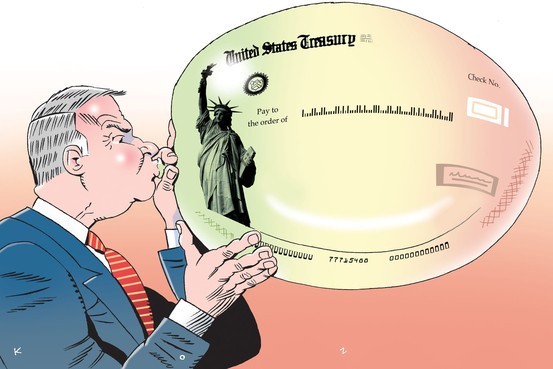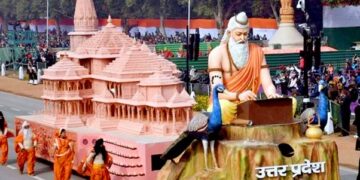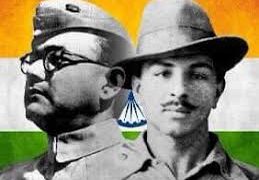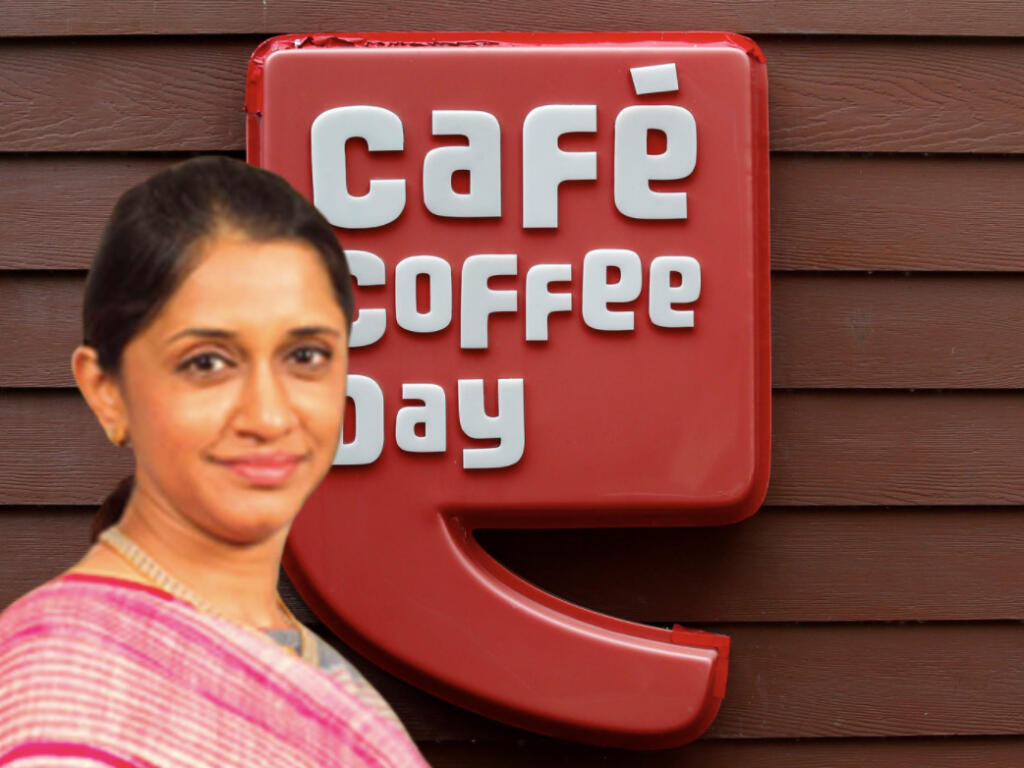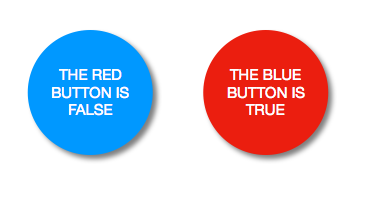
VALS stands for Values, Attitudes and Lifestyles. This is trademarked strategic tool which applies to psychographic consumer segmentation. VALS was developed in 1978 by social scientist and consumer futurist Arnold Mitchell and his colleagues at SRI International (Strategic Resource Inc). It was immediately adopted by advertising agencies and is currently offered as a servicing product by SRIs. VALS reflects a real-world pattern that explains the relationship between personality traits and consumer behaviour. VALS uses psychology to analyse the dynamics underlying consumer preferences and choices. VALS not only distinguishes differences in motivation but also captures the psychological and material constraints on consumer behaviour. VALS is based on personality research with specific components of social behaviour. VALS asserts that people express their personalities through their behaviours. Actions speak louder than words. People with different personalities engage in different behaviours or exhibit similar behaviours for different reasons.
VALS is based on eight parameters of consumer segments: innovators, thinkers, achievers, experiencers, believers, strivers, makers and survivors. Market segmentation is designed to guide companies for tailoring their products and services to appeal to the people who are most likely to purchase them.
INNOVATORS
Are the class of consumer at the top of the VALS framework. They are ready to try new products/services, and they are characterized by High income and high resource individuals for whom uniqueness is very important. They have their own individual taste in things and are motivated in achieving the finer things in life. For example, during this year’s scorching summer heat was drawing people out to cafes serving cold beverages like iced coffee and tea as well as summer-specific products, according to multiple industry executives. National chains such as Third Wave Coffee, Chaayos, AbCoffee, and Boba Bhai said they registered increasing footfall at their cafes across northern India, in particular offering a stark contrast to reports of dipping sales at restaurant chains in the region that is battling record summer temperatures. Upcoming cities in North India are full of young innovative consumers who are ready to try new ideas, new beverages, new foods, new dressing styles.
THINKERS
This category consumers are well educated; they are professional and rational thinkers. These are the people who have high resources and are motivated by their knowledge. These are the rational decision-makers and are well informed about their environment. Their objectivities are clear, they analyse, they think skeptically about their requirements. In my opinion Apple is the right example to define achievers.
Apple’s iPhone design is psychologically appealing, and some say it was designed to be intuitive and user-friendly. Steve Jobs was design thinker; a man obsessed with “BEST” for everything he ever put his hands on. He had a laser-sharp focus on building great products. He drove people crazy while building the vision for the products and searching for solutions in places which no one had seen before. His main mantra was a product must be simple for handling yet must have unique features. He was obsessed with the product design and to this day Apple products are the most user-friendly products in the market.
ACHIEVERS
In the Values and Lifestyles (VALS) framework, achievers are consumers who are motivated by achievement and have high self-esteem. Achievers are successful, goal-oriented, and work-oriented people who are satisfied with their jobs and families. They are politically conservative, respect authority, and are image conscious. Achievers are confident and go for established brands and products to show off their success to their peers and family. They are also brand loyal and prefer services and products by using which they can show off their growth. Nike is an inspirational brand. Just like every athlete at the top of their game; Nike has a burning desire to be at the top and stay there. Undisputed. And that winning mentality is evident in everything the brand does from its innovation to its branding.
I feel brand Nike is mean t for the achievers. represents a coach personality by encouraging, guiding, demonstrating, motivating and holding their audience responsible for their success or failure. Their tagline “Just Do It” is a call to action, a way of life and a belief that you can achieve what you want, if you want it bad enough.
EXPERIENCERS
These consumers are the high-resource group of those who are motivated by self-expression. They are the youngest of all the segments, with a median age of 25. They have a lot of energy, which they pour into physical exercise and social activities. They are consumers who are motivated by self-expression and have high resources. Coke is brand for the experiencers.
The younger consumers love drinking Coke, because consciously or subconsciously they relate Coca Cola with happiness, the zing thing, coolness. Coke has made it their business to associate the brand with that word by aligning the brand with every happy moment you can think of from Christmas to Summer holidays. Their advertising and communication consistently display happiness and enjoyment. The coke consumers are carefree and fun loving which encourages the audience to forget their fears and stress and enjoy the moment by having “A Coke and a Smile”.
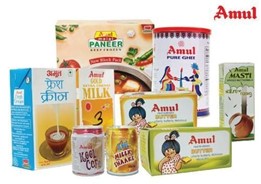
BELIEIVERS
This segment of consumers is the low-resource group. They get motivated by ideals. They are conservative and predictable consumers who prefer local but established brands. Their lives are cantered on family, community, and the nation. Their choice and tastes can be predicted. Their lives are family-centred, they care for their community, and the nation. They follow routine life. And they respect law and order. I give hereby Amul’s example for the believer’s segment.
Amul is a loved brand in India with its minimal traditional advertising. Because Amul is trusted for its quality and is affordable. This combination makes it accessible to a wide range of consumers. Established in 1946, Amul has a rich history and is associated with the cooperative movement in India. It has built a reputation over decades, creating a strong emotional connect with consumers. As a cooperative brand, Amul is owned by millions of farmers. This model fosters trust among consumers, as they feel they are supporting local farmers and the rural economy. Amul consistently introduces new and innovative products that cater to changing consumer preferences. From traditional dairy items to ice creams and snacks, the brand keeps evolving. Amul’s popularity comes from word of mouth and community endorsements. Generations of consumers have grown up with Amul products, and they often recommend them to others. It’s iconic mascot, the Amul Girl, and witty, topical ads on hoardings have created a strong brand presence. These ads resonate with the believers and often go viral, generating buzz without traditional advertising. Most importantly, , Amul products evoke nostalgia, reminding them of their childhood and family traditions. This emotional connection helps maintain customer loyalty.
STRIVERS
Consumers in this segment are also low-resourced consumers who are motivated by achievement. They have scores very similar to the achievers but have fewer economic, social, and psychological resources. Style is the primary consideration in consumption. They try to imitate people they admire such as the famous film starts, actors, socially famous people etc. I give here an example to prove how Meera Kulkarni – the owner of ‘Forest Essential’ cosmetics brand chose 15 years old Dharavi slums girl Maleesha Kharwa as the face of their Yuvati campaign to empower young minds and to demonstrate that dreams are for everyone, regardless of background. The campaign also supports Project Paathshala, which provides education to children from underprivileged backgrounds. Meera Kulkarni, owner of Forest Essentials affirms that women’s empowerment has been a key pillar for the brand from its inception, Kulkarni now sees a niche that needs filling and is on a mission to empower young girls with the tools for education to help enhance their passion and confidence to achieve purpose of their lives.
MAKERS
Makers represent low resource consumers who are motivated by self-expression. They are practical people who value independence. They focus on family, work, and physical recreation. They are less interested in the broader world outside their focal point. They live their life in their limited zone. They don’t take interest in the broad world around them; they are not interested in the macro existences. The makers buy the daily required products, and they consume these products higher than other segments. For example, an increasing number of men in India from lower income group are becoming image-conscious and taking care of their skin and hair. The brand ‘Real Man’s’ beard wash claims to soften and relieve itching; it features a very gentle lather that is soft enough for the face, and tough enough to handle curly, coarse beard hairs. According to the manufacturer, the beard shampoo is chemical, sulphate and paraben free, which improves and retains the hair’s natural oils and reduces frizz over time. It has bagged a big chunk of market share.
SURVIVORS
These are consumers with low resources and who are not motivated by any of the primary motivators: survivors are typically older consumers who are cautious and avoid risks. They enjoy routines and are loyal to brands and products. They are the least likely to invest in new products or services. These are price sensitive consumers therefore, marketers should focus on price sensitivity, trust, and loyalty when marketing to survivors. They should also consider that survivors will only buy a product if they realize its importance. Survivors are at the bottom of the VALS framework rectangle, along with strugglers. At the top of the rectangle are innovators, who have high resources and are driven by their principles and surroundings. They buy smaller portions of products, and they usually don’t store goods.
CONCLUSION
The VALS (Values and Lifestyles) framework helps marketers by helping them understand consumer motivations and reach consumers more effectively, tailor the product, improve packaging, distribution network, change the design, go for product rejuvenation.

